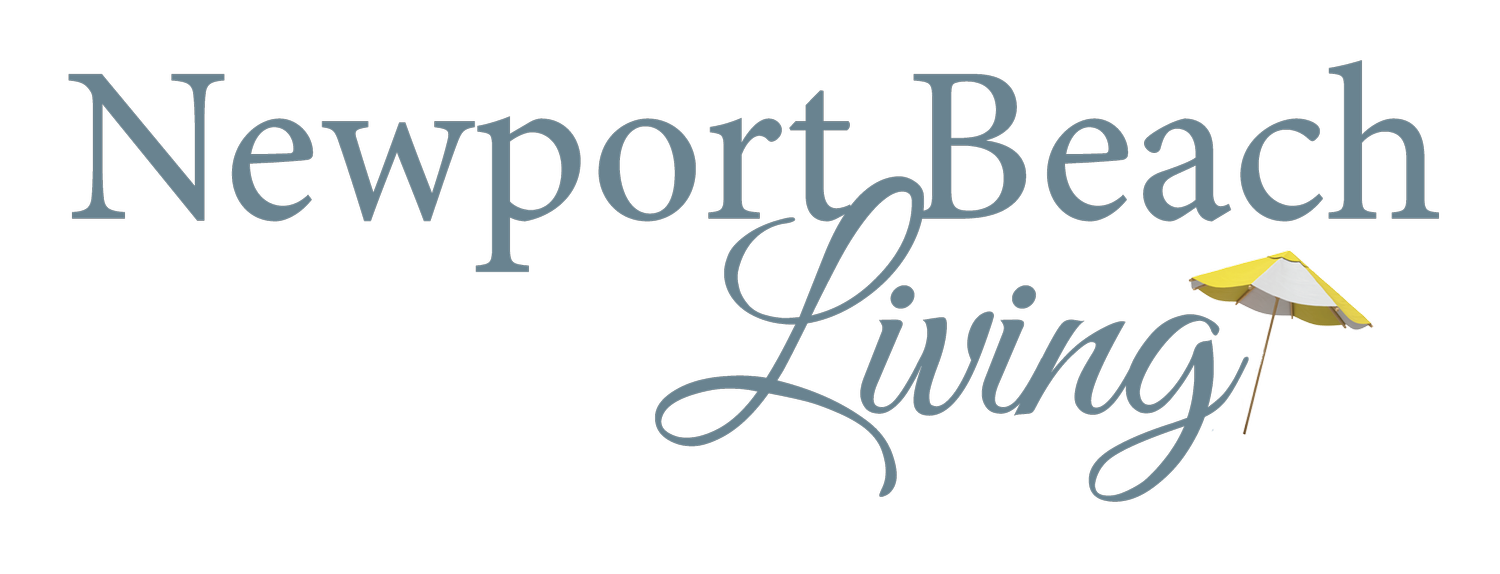Stem Cell Treatments: Understanding This Treatment Option
By: Dr. Tennant, Dr. Sherfey, Dr. Nasser
Stem cell therapy has emerged as a groundbreaking approach for treating musculoskeletal injuries, offering significant potential for tissue repair and regeneration. A deeper understanding of how stem cells facilitate healing, as well as the distinctions between Bone Marrow Aspirate Concentrate (BMAC) and Adipose-Derived Stem Cells (ADSCs), is crucial for optimizing treatment outcomes.
Stem cells possess the unique ability to differentiate into various cell types, including bone, cartilage and muscle tissues. Their regenerative potential is driven by three primary mechanisms. First, cellular differentiation enables stem cells to transform into specialized cells needed for tissue repair, such as chondrocytes for cartilage and osteoblasts for bone. Second, paracrine signaling allows stem cells to release bioactive molecules, including growth factors and cytokines, which play a key role in reducing inflammation, stimulating blood vessel formation, and recruiting additional repair cells. Lastly, stem cells contribute to immunomodulation by regulating immune responses, which not only reduces inflammation but also prevents further tissue damage—an essential factor in the management of chronic musculoskeletal conditions.
Among the most widely used stem cell therapies in regenerative medicine are Adipose-Derived Stem Cells (ADSCs) and Bone Marrow Aspirate Concentrate (BMAC). While both options have demonstrated efficacy in promoting healing, they differ in key aspects, including extraction methods, stem cell concentration, and overall clinical benefits. ADSCs are obtained through a minimally invasive liposuction procedure, making them more accessible and less painful to harvest than BMAC. They contain a higher concentration of mesenchymal stem cells (MSCs) per milliliter and are rich in extracellular matrix components and growth factors that enhance tissue regeneration. Due to their abundance and ease of collection, ADSCs have shown strong potential in treating musculoskeletal conditions.
In contrast, BMAC is extracted from the iliac crest via needle aspiration, a more invasive procedure that can be uncomfortable for patients. While BMAC contains hematopoietic stem cells and other progenitor cells that support blood vessel formation and tissue repair, it typically has a lower concentration of MSCs compared to ADSCs. This often necessitates the extraction of larger volumes to achieve similar regenerative effects. Despite these limitations, BMAC remains a valuable option in stem cell therapy, particularly in cases where bone healing is a primary concern.
Recent advancements in regenerative medicine have also highlighted the emerging potential of urine-derived stem cells (USCs). These cells have garnered attention due to their non-invasive collection method and strong regenerative capabilities. Research suggests that USCs can differentiate into multiple cell types, including osteogenic (bone) and chondrogenic (cartilage) lineages, positioning them as a promising future option for musculoskeletal repair. While still in the early stages of research, USCs may represent a significant breakthrough in stem cell-based therapies.
Autologous stem cell therapies, such as ADSCs and BMAC, offer significant advantages over non-autologous sources. Using the patient’s own cells minimizes the risk of immune rejection
and disease transmission, issues commonly associated with freeze-dried or placenta-derived stem cells. Additionally, the viability of non-autologous cells may be compromised during processing, reducing their therapeutic effectiveness.
Stem cell therapy continues to revolutionize musculoskeletal healing through cellular differentiation, paracrine signaling, and immunomodulation. ADSCs, with their higher concentration of stem cells and minimally invasive harvesting method, present a particularly compelling option over BMAC for many patients. As new advancements like urine-derived stem cells continue to develop, the future of regenerative medicine looks increasingly promising. Choosing autologous stem cell sources and seeking treatment from experienced professionals ensures patients receive the full benefits of these innovative therapies.
Written by our fellowship-trained physicians at Regenerative Orthopedic Solutions: Dr. Tennant, Dr. Sherfey, & Dr. Nasser. With over 60 years of combined experience in orthopedic trauma, joint replacement, sports medicine, pain management and regenerative therapies. Fellowship-trained at prestigious institutions, our physicians have treated thousands of patients with innovative techniques.




